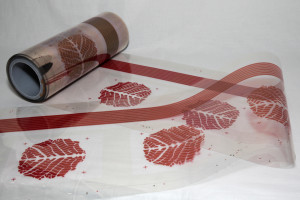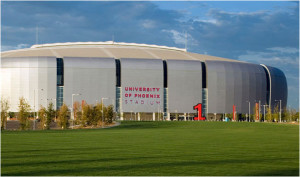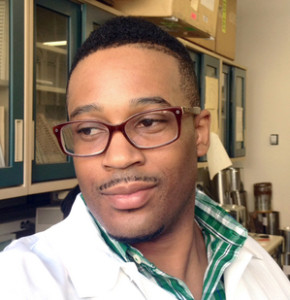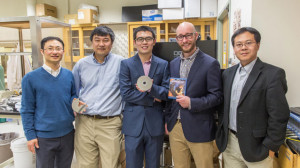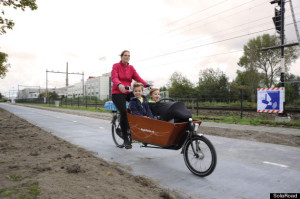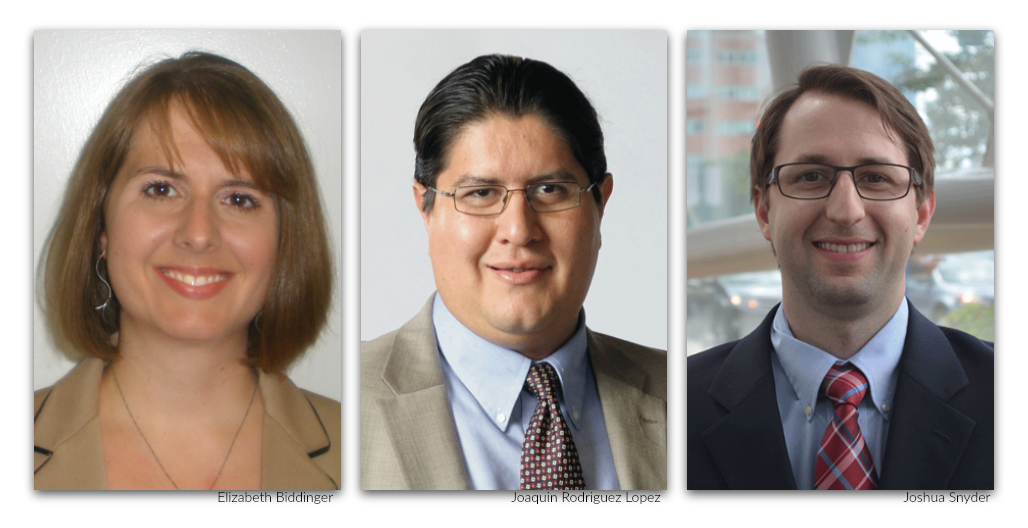
From left to right: Elizabeth Biddinger, City College of New York; Joaquin Rodriguez Lopez, University of Illinois at Urbana-Champaign; Joshua Snyder, Drexel University
The ECS Toyota Young Investigator Fellowship Selection Committee has selected three recipients who will receive a minimum of $50,000 each for fellowships for projects in green energy technology. The winners are Professor Elizabeth Biddinger, City College of New York; Professor Joaquin Rodriguez Lopez, University of Illinois at Urbana-Champaign; and Professor Joshua Snyder, Drexel University.
The ECS Toyota Young Investigator Fellowship, a partnership between The Electrochemical Society and Toyota Research Institute of North America (TRINA), a division of Toyota Motor Engineering & Manufacturing North America, Inc. (TEMA), is in its second year. A diverse applicant pool of more than 100 young professors and scholars pursuing innovative electrochemical research in green energy technology responded to ECS’s request for proposals.
“Scientists and engineers seek to unveil what is possible and to exploit that knowledge to provide solutions to the myriad of problems facing our world,” says ECS Executive Director Roque Calvo. “We are proud to have the continued support of Toyota in this never ending endeavor to uncover new frontiers and face new challenges.”
The ECS Toyota Young Investigator Fellowship aims to encourage young professors and scholars to pursue research in green energy technology that may promote the development of next-generation vehicles capable of utilizing alternative fuels.
Global development of industry and technology in the 20th century increased production of vehicles and the growing population have resulted in massive consumption of fossil fuels. Today, the automotive industry faces three challenges regarding environmental and energy issues:
(1) Finding a viable alternative energy source as a replacement for oil
(2) Reducing CO2 emissions
(3) Preventing air pollution


